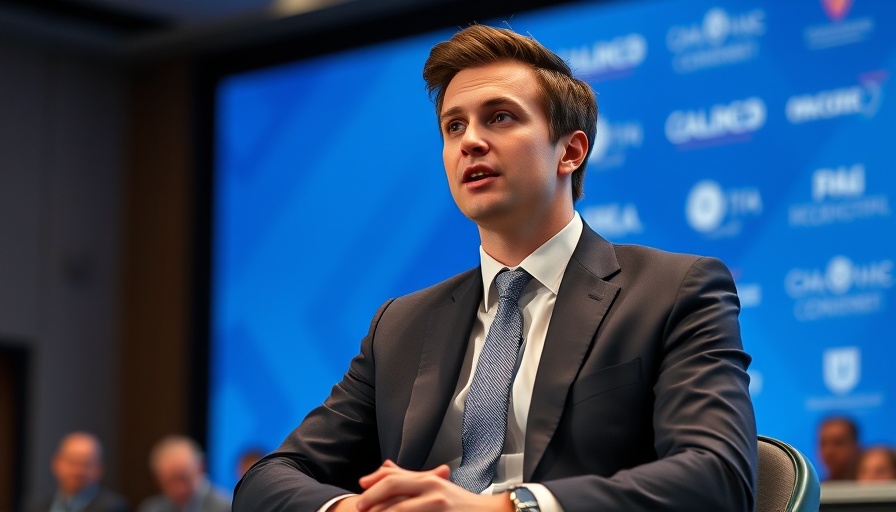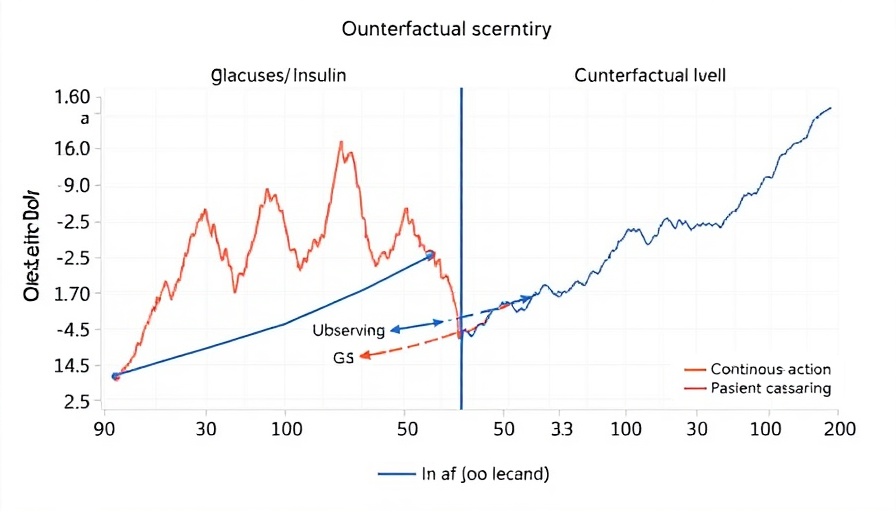
OpenAI Shifts Leadership Dynamics: Brad Lightcap Takes the Helm
In an ambitious move to redefine its strategic operations, OpenAI has announced a significant expansion of Chief Operating Officer Brad Lightcap's responsibilities. As CEO Sam Altman pivots his focus towards research, Lightcap will now oversee the company’s daily business operations and global deployment strategies. The shift, hinted in a recent blog post, is a response to the mounting pressures facing OpenAI amid a landscape of intense competition and rising investment shouldered by tech giants across the globe.
Why This Leadership Change Matters
Lightcap's new role as a strategic leader comes at a critical time for OpenAI, particularly as the company closes in on a staggering investment deal with SoftBank worth $40 billion. This funding, which could position OpenAI’s valuation at an astonishing $260 billion, is expected to bolster initiatives like the Stargate project—an ambitious endeavor with potential investments exceeding $500 billion aimed at enhancing AI infrastructure across the United States. Such shifts in leadership could be pivotal for OpenAI to strengthen its infrastructure and stay agile in the rapidly evolving AI sector.
Competitive Landscape: The Big Picture
As generative and agentic AI technologies become increasingly prevalent, the competitive landscape is heating up. Companies including Anthropic, Chinese AI startups such as DeepSeek, and established tech behemoths like Google and Microsoft are all vying for dominance in AI advancements. The pressure is further amplified by rivalries such as the one with Elon Musk’s xAI Corp, which aims to disrupt the market with its offerings. Lightcap’s leadership is crucial for navigating OpenAI through these tumultuous waters, particularly as it simultaneously strives to engage in partnerships and fuel its research capabilities.
Internal Shifts: A Focus on Research and People
Beyond Lightcap, strategic promotions within OpenAI signal a broader drive towards innovation and research. Mark Chen is taking up the mantle of Chief Research Officer, further solidifying the company's commitment to pushing the boundaries of AI. Meanwhile, Julia Villagra's appointment as Chief People Officer emphasizes an organizational culture that aims to attract and retain top talent for developing Artificial General Intelligence (AGI). This triad of leadership pivots illustrates OpenAI’s holistic approach to industry challenges and innovation.
Ripple Effects on the AI Ecosystem
The ramifications of these leadership changes extend beyond OpenAI itself. As high-profile investments flood into the AI sector, companies across various industries may look to replicate this model of strategic leadership and innovation. For executives and senior managers, understanding the operational strategies of industry frontrunners like OpenAI can offer actionable insights and benchmarks for integrating AI into their organizational framework.
Looking Towards the Future
As Brad Lightcap embarks on this new journey with increased agency and responsibility, the implications for OpenAI's trajectory and the larger AI landscape are significant. As economic investments pour into AI development, the continued intersection of leadership, technology, and market needs will likely influence the next steps in AI policies and strategies. Leaders must pay close attention to how these changes might shape innovations and inform their strategic decisions.
 Add Row
Add Row  Add
Add 




Write A Comment